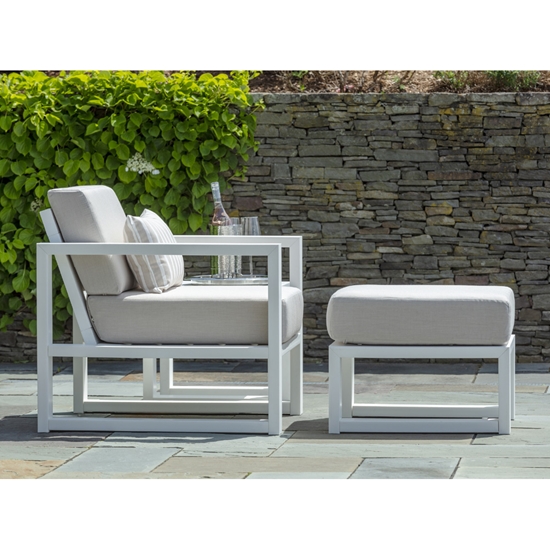Finally, the enduring appeal of Umbrosa umbrellas Libeccio Extension Table lies in their ability to adapt to changing consumer needs and preferences. As lifestyles evolve, so too do the demands placed on everyday products. Umbrosa umbrellas are well-positioned to meet these challenges, thanks to their commitment dining table to quality, innovation, and user satisfaction. In summary, the combination of impressive design, practicality, and forward-thinking development ensures that Umbrosa umbrellas will continue to thrive in the market, providing reliable shelter for years to come.
Storage needs must align with available facilities. Larger commercial umbrellas require significant off-season storage space unless designed for year-round deployment. Some models offer removable canopies that store more compactly than complete units. Understanding these requirements helps associations develop realistic operational plans for seasonal transitions.
By the 1970s, fiberglass umbrellas had become more common, particularly in premium models and those marketed for windy conditions. The 1980s and 1990s saw manufacturing improvements that brought down costs, making fiberglass frames more accessible to average consumers. Today, fiberglass has become a standard material in quality umbrellas, particularly those designed for golf courses, beaches, and patio settings where size and wind resistance are key factors.

The psychological comfort provided by wooden outdoor furniture extends beyond the physical comfort of well-designed seating. The presence of natural materials in our surroundings has been shown to reduce cognitive fatigue and restore attention, effects particularly valuable in today’s digitally saturated environment. Outdoor spaces furnished with wooden pieces offer a respite from the predominantly synthetic materials that dominate indoor environments, creating opportunities for the mental dining table restoration that contact with natural elements provides. The visible grain patterns in wood, unique to each piece, offer the kind of subtle, non-repetitive visual stimulation that our brains find both engaging and restful, unlike the often harsh or repetitive patterns found in manufactured materials.

Fiberglass entered the umbrella manufacturing scene in the late 1950s, coinciding with broader applications of this versatile material across various industries. Before this innovation, umbrellas typically featured frames made of wood, metal, or whalebone – materials that each had significant limitations. Wood was heavy and prone to warping, metal rusted and bent easily, and whalebone was both expensive and raised ethical concerns.

Durability ensures long-term value. While the initial investment exceeds that of basic alternatives, the extended lifespan and reduced replacement frequency create favorable long-term economics. Many users dining table find that Sunbrella umbrellas cost more upfront but provide more years of service, making them a cost-effective choice over time.
Size and shape should match your specific setting. Measure your outdoor space carefully, remembering that the umbrella should extend at least 2 feet beyond your seating area on all sides for effective shade. Round canopies provide even coverage, while square or rectangular shapes may better complement certain table shapes or architectural elements.